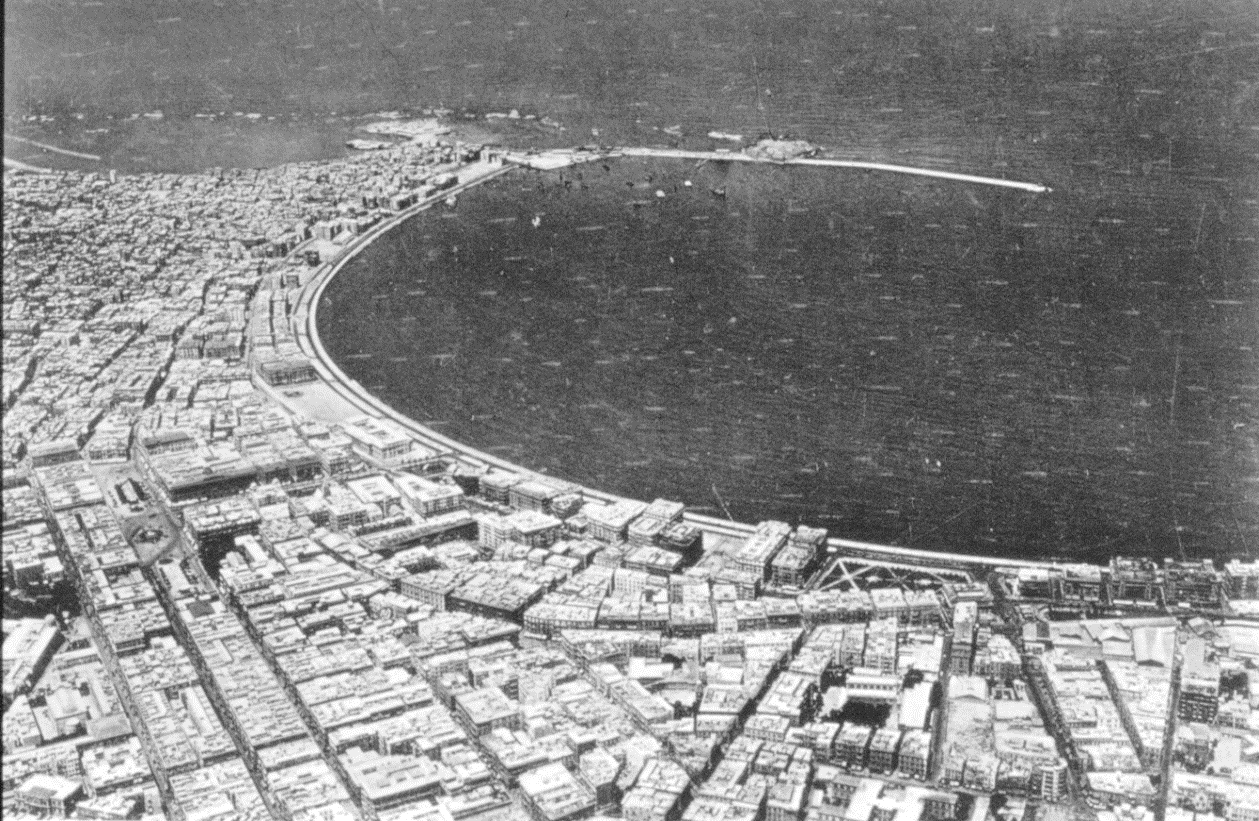Revising Alexandria’s Waterfronts (Form, Identity and Architecture of a Port-City)
Cristina Pallini

Abstract
This contribution examines Alexandria’s recent waterfront projects conceived before the economic crisis of 2008, and the riots of January 2011. Such projects bear witness to a globalisation process driven by multinational corporate strategies, as well as to a changing physical and functional relationship between the city and its port. While claiming the importance of a historical urban landscape, expressed by the slogan capitalising on heritage, most of these waterfront projects pursue a set of self-referential architectural forms attuned with the international scene as “events” attracting broader urban tourism. If we consider the port-city’s earlier developments, as well as literary evidence referring to the materiality of the city, we realise how the waterfront theme holds an important place in shaping the identity of Alexandria. A critical factor in the development of Alexandria’s multiple waterfronts is the project’s necessity, concretely bridging the gap between the mythical past and a possible future. It may be added that the functional and symbolic performance of Alexandria’s portscapes bears witness to the plurality of contributions that have allowed their physical construction. As in Tunis or Beirut, the problem of a formal order was rather one of volumetric and spatial relations or a “three-dimensional plan.”
Pallini, C. “Revising Alexandria’s waterfronts (form, identity and architecture of a port-city)” In Waterfronts Revisited. European Ports in a Historic and Global Perspective, edited by H. Porfyriou and M. Sepe, 72-87. London-New York: Routledge, 2017.


